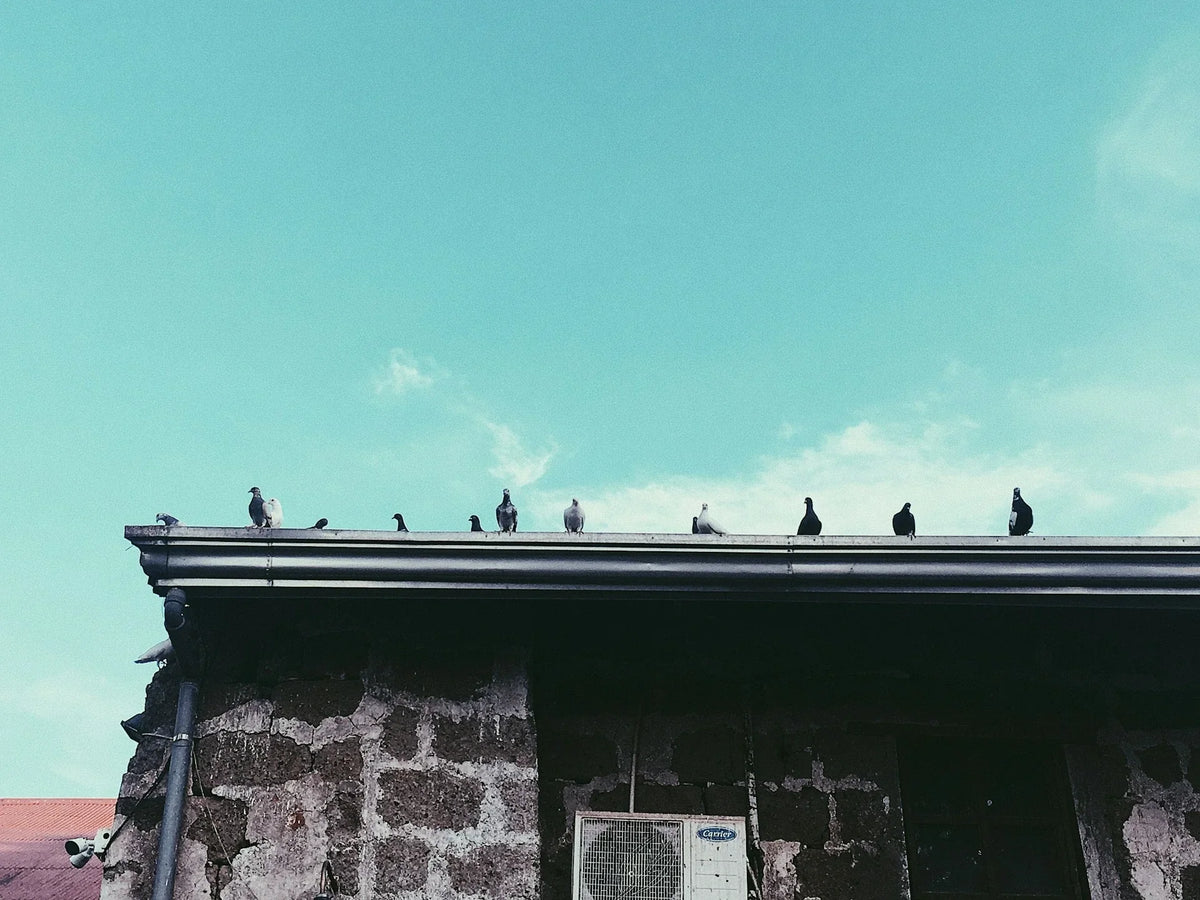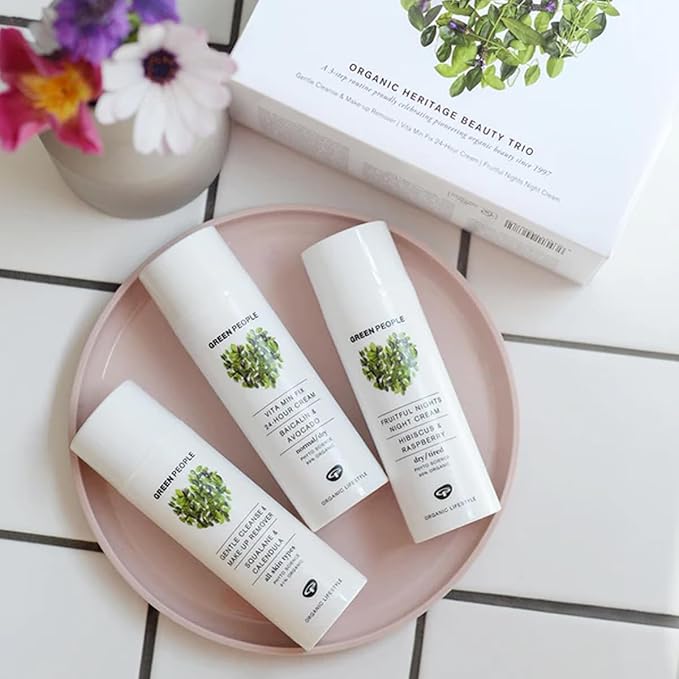Living by the river is a dream for many, but the extra moisture, wind and flood risk mean your windows do far more than frame a pretty view. The right glazing helps keep condensation, draughts and noise under control while making your home more energy-efficient. From high-performance double glazing and moisture-resistant uPVC or composite frames to clever styles like tilt-and-turn, casement or awning windows, small design choices can make a big difference to comfort and heating bills in a riverside home. Even large sliding or fixed picture windows can be part of a low-impact home when paired with quality seals and thermally efficient glass. On Friendly Turtle EcoBlog, we love exploring these practical, planet-friendly upgrades the kind that protect your home, tread more lightly on local waterways and still let you enjoy those calming river views day after day.
Share your articles with us and get published! Reach out at hello@friendlyturtle.com.
A Gentle Balance: Looking After Your Home Without Harming Wildlife

When it comes to maintaining a property’s value, homeowners often focus on renovations, landscaping, and curb appeal. However, one overlooked factor that can negatively impact a home’s marketability is a persistent bird infestation. While birds may seem harmless, they can cause significant structural damage, pose health risks, and make properties less appealing to potential buyers.
If left unmanaged, pest birds can lead to costly repairs, ongoing maintenance issues, and a reduced property value. Let’s explore how birds can impact your home’s worth and what you can do to protect your investment.
How Pest Birds Cause Structural Damage
One of the biggest concerns when it comes to birds and property devaluation is the damage they can cause to the structure of your home. Their nesting habits, droppings, and constant pecking can weaken key parts of a property over time.
Roof and Gutter Damage
Birds love nesting in gutters, downspouts, and roof crevices, which can lead to blockages and drainage issues. When water overflows due to clogged gutters, it can cause leaks, rotting wood, and even foundation problems. Pigeons and starlings are particularly notorious for displacing roof tiles, creating entry points for moisture and pests. Click the link to learn about pest birds common in the UK.
Facade and Paintwork Issues
Bird droppings are highly acidic and can eat away at paint, corrode metal fixtures, and stain walls and pathways. Over time, these stains become increasingly difficult to remove, making a property look run-down and poorly maintained.
Solar Panel and HVAC System Damage
Homes with solar panels are at higher risk of bird-related damage. Birds often nest beneath panels, reducing their efficiency and potentially causing electrical damage. Similarly, nests around air conditioning or heating units can obstruct airflow and increase maintenance costs.
Hygiene and Health Risks That Decrease Property Appeal
Aside from physical damage, pest birds pose serious health risks, which can make properties less attractive to potential buyers.
Bird-Related Diseases
Bird droppings can carry harmful bacteria and fungi that cause illnesses like histoplasmosis, salmonella, and psittacosis. These diseases can be inhaled when droppings dry out and turn to dust, making them a concern for households with children, elderly residents, or individuals with respiratory conditions.
Unpleasant Odours and Mess
Accumulated bird droppings and nesting materials create an unsanitary environment, producing foul smells and requiring frequent cleaning. If left unchecked, this can make outdoor areas, patios, and balconies virtually unusable.
Secondary Infestations
Bird nests attract other pests, such as rats, mice, and mites. If a home has a persistent bird problem, it’s only a matter of time before these secondary infestations become an issue—further decreasing the property’s appeal.
Negative Impact on Curb Appeal and Buyer Interest
First impressions matter when selling a home, and nothing says "neglected property" quite like a bird infestation.
Visual Deterrents
A property with bird nests under eaves, droppings on driveways, and noisy flocks perched on the roof can be off-putting to potential buyers. The sight of ongoing bird-related damage may suggest to buyers that the home has underlying maintenance issues.
Noise Pollution
While birds chirping can be pleasant, some species—such as seagulls, magpies, and pigeons—are extremely noisy. Persistent squawking, especially during nesting season, can be a major nuisance for homeowners and neighbours alike.
Reduced Marketability
Homes with visible bird damage or ongoing infestations may be harder to sell, as buyers could see them as high-maintenance properties. Some may even negotiate a lower asking price due to anticipated repair costs.
Steps to Protect Your Property from Pest Birds
Fortunately, there are several steps homeowners can take to prevent birds from lowering their property’s value.
Preventative Measures
- Bird spikes and netting can prevent birds from perching on roofs, ledges, and balconies.
- Deterrent devices, such as reflective tape or ultrasonic repellents, can discourage birds from nesting.
- Sealing entry points in attics and roof spaces can prevent birds from making homes in your property.
Regular Maintenance
- Clean gutters regularly to prevent blockages caused by nesting materials.
- Pressure wash and repaint affected surfaces to prevent long-term staining.For a thorough clean, learn how to clean patio slabs with a power washer to keep your outdoor spaces looking fresh and spotless.
- Trim back trees and shrubs to make your property less appealing for nesting birds.
Professional Bird Control Solutions
If a bird problem is too severe to handle alone, consider hiring a professional pest control service. Experts can install humane deterrents, remove nests safely, and recommend long-term bird-proofing solutions.
Conclusion
Pest birds are more than just a nuisance—they can have a real impact on your property’s value. From causing structural damage to spreading diseases and ruining curb appeal, birds can make a home harder to maintain and less attractive to buyers.
Taking action early by implementing bird-proofing measures and staying on top of maintenance can help protect your investment. If birds are already causing problems, seeking professional help can prevent further damage and ensure your property remains a valuable asset.
0 comments
Let customers speak for us
Blog posts
Making your own ice might seem like a tiny habit, but it can quietly cut waste and carbon in a big way. When you freeze water at home in reusable trays or an efficient freezer, you skip the single-use plastic bags, transport emissions and constant industrial refrigeration that come with store-bought ice. You also control the quality of the water you freeze, which means cleaner cubes in your glass and fewer hidden additives in your drinks. With a modern, energy-efficient freezer or under-counter ice maker, the electricity you use stays local, steady and relatively low impact especially if you’re already trying to run a lower-waste kitchen. Pair that with thoughtful water use (only freezing what you need) and suddenly a very ordinary daily habit becomes part of your sustainability toolkit. On Friendly Turtle EcoBlog, we love these small, repeatable swaps the kind that fit neatly into everyday life while still nudging your home towards a lighter footprint.
Utility trailers are a surprisingly powerful ally in sustainable gardening and low-waste home care. As highlighted in this Friendly Turtle EcoBlog post, they simplify the movement of garden waste, compost, and reclaimed materials, encouraging greener routines with less effort. Whether you’re trimming hedges, tidying your shed, or tackling DIY repairs, a trailer makes the process smoother and reduces fuel use and plastic reliance. It also supports better organisation and smarter recycling. Choosing the right trailer helps avoid overconsumption while extending the life of your tools. This simple addition turns everyday tasks into eco-conscious actions and makes it easier to maintain a cleaner, greener garden all year round.



